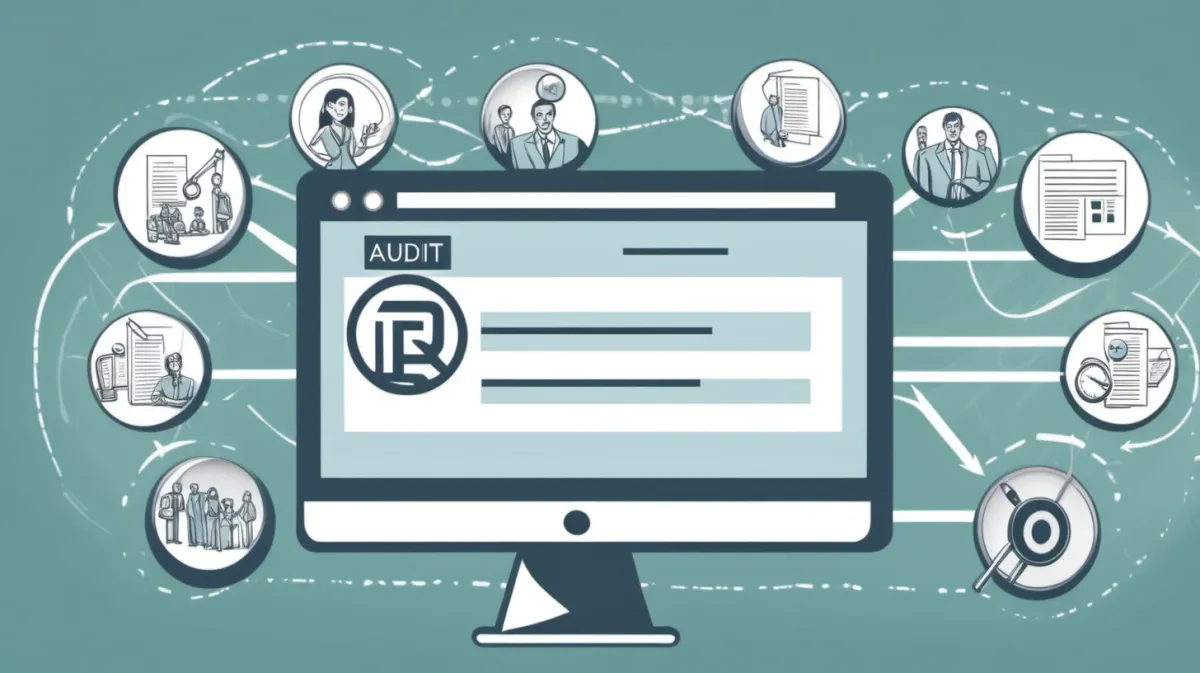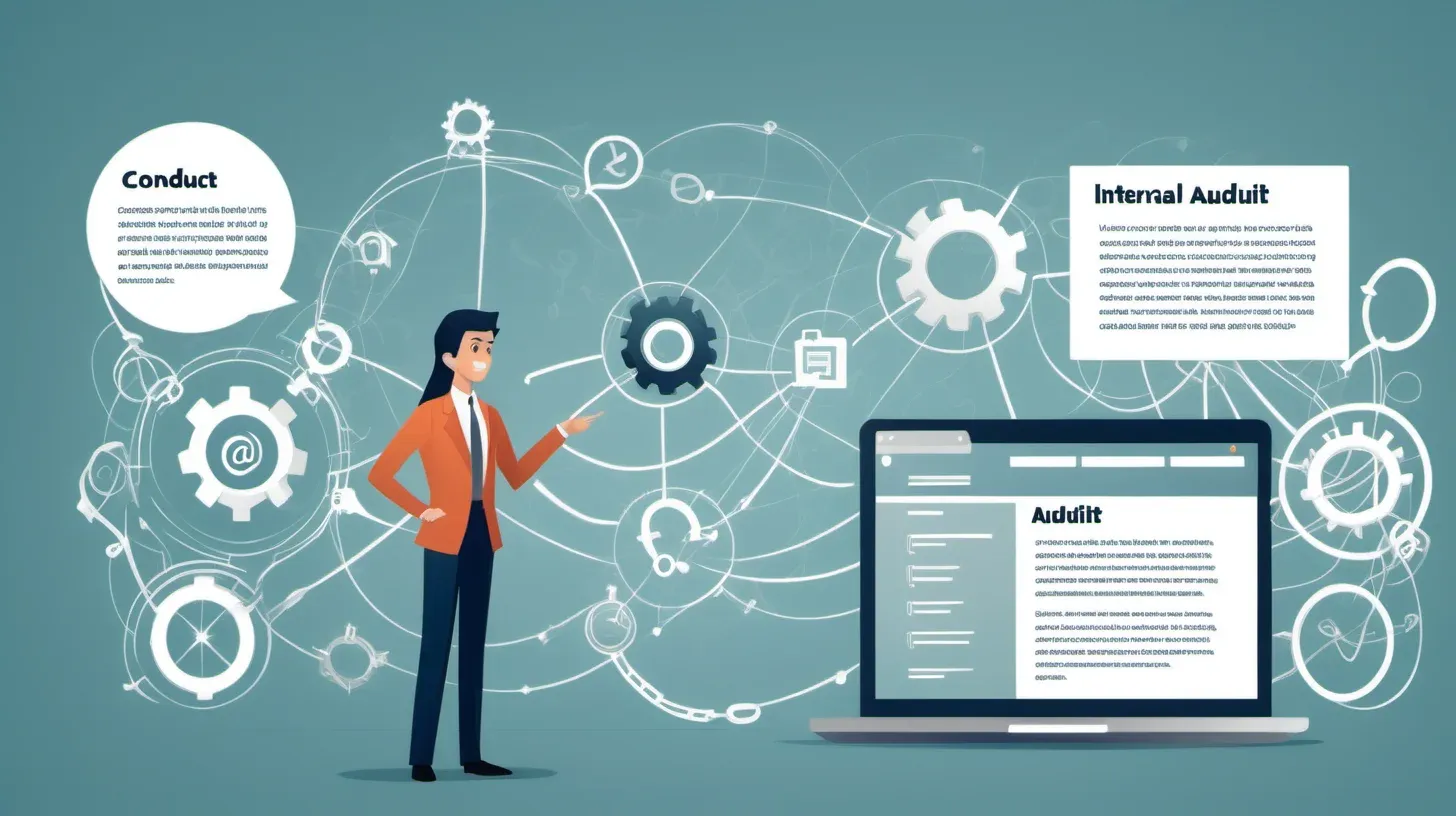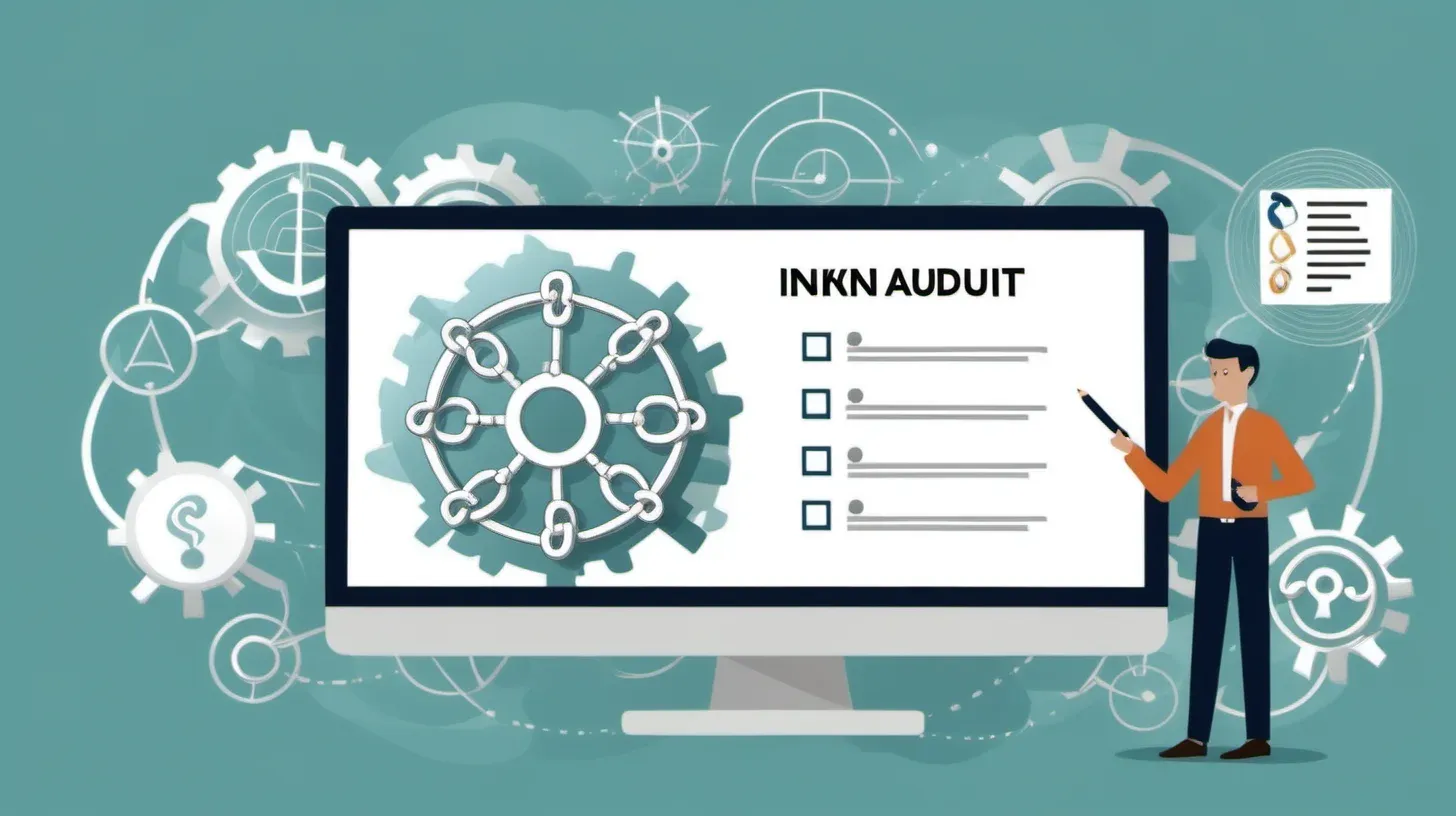How To Conduct An Effective Internal Linking Audit For SEO

"In my experience, websites with strategic internal linking see a substantial boost in organic traffic. It's not just about connecting pages; it's about guiding users and signaling to search engines what's essential. Internal links create a pathway for users to explore, enhancing both engagement and SEO performance." - SEO Expert, Emily Rodriguez.
This article helps with:
- Not enough internal links
- It is not easy to use and navigate
- Strategic links that don't offer good stock flow
- Anchor text that is too optimized
So, start this internal linking audit that will change things for you!
Why Are Internal Links Important For SEO?
Internal links are crucial for both the user experience and search engine optimization (SEO). Here are some of the key reasons why strong SEO internal linking should be a priority:
- Connect Related Content: Linking between related content allows you to create intuitive site navigation and connections between complementary pages. This improves context and helps visitors delve deeper into a topic by linking to additional resources and related content.
- Enhance User Experience: Seamless internal linking significantly improves the user experience by making exploration and navigation easier for visitors. It enables them to naturally go deeper into your content and discover more relevant pages and information.
- Direct Link Equity: Internal links pass direct equity to linked pages, allowing you to control the flow of equity around your site. Strategic internal links dictate how authority flows for optimal SEO rankings site-wide.
Preliminary Internal Linking Analysis

Before conducting a full internal linking audit, it's helpful to do some preliminary analysis to understand the current state of your site's internal links. This involves:
Key Landing Pages Identification
Identify the most important landing pages and entry points on your site. These are often your home page, key product and service pages, as well as high-traffic pages like blog posts and resources.
Look at your analytics to see which pages are getting the most organic traffic, and prioritize auditing and optimizing links to those pages.
Initial Anchor Text Assessment
Do a quick review of the anchor text used on your current internal links. Anchor text helps indicate to search engines what a page is about.
You'll want to make sure you have a natural mix of branded, generic, and long-tail keyword anchor text pointing to key pages. Too much over optimization of anchor text can trigger penalties.
Assessing Relevance And Authority
Evaluate whether your current internal link structure flows relevance and authority properly on your site.
Pages like Home, About Us, and Contact should link out to key content pages and category/section pages to pass authority.
There shouldn't be irrelevant pages linking directly to your most important pages. This can dilute their authority. Exploring why internal links important for SEO unveils how they channel authority and enhance the overall visibility of your key content.
How To Conduct An Internal Linking Audit

Conducting a comprehensive internal linking audit is crucial for identifying both issues and opportunities to optimize a site's internal linking structure.
Here are the key steps involved in conducting an effective internal link audit:
Identifying Existing Internal Links
Check out your site's internal links. Take a look at your skills and weaknesses. Several steps are needed to find internal connections.
Step 1: Internal Links in the Crawler-Map
- Start with a crawler or site audit tool. We map out all of a website's interior links. Click on the links to confirm the changes.
- This method displays broken links and strings of redirects.
Step 2: An Internal Linking Analysis of Anchor Text
- Look over the interior anchor text. Anchor text affects how relevant a page is to search engines.
- Change the center words "click here" and "read more" to something else. Anchor text should match the information of the landing page.
Step 3: Flow Patterns for Page Authority
- You should check the authority flow of pages. Page links in search results show that the page is authoritative and relevant.
- Check your home page and topic or service pages for deep content links. Finding page authority that is "trapped" hurts results.
Your plan will work better if you look at the patterns of internal connections. The base for future audit steps.
Optimizing Anchor Texts
Anchor books should include a range of ideas. Search engines can be tricked by multiple "exact match" link texts. Changing words and sentences that go with each other helps you stay on topic. Stay away from anchors that are full of keywords.
Do not use too much exact match link text. Anchor text links should mostly be partial hits, like "click here," "read more," and so on.
- Use objective terms in link anchor text, of course. Do not hurt or push them.
- Use partial matches and related phrases to show that the match is relevant.
Anchor text should easily show what the page is about.
Assessing Relevance And Authority
When judging relevance, look at how well the related pages fit into their surroundings. Pages should be linked in a way that makes sense and is relevant. Pages for product categories should link to pages for related products, blog posts should link to posts with similar information, and so on. Links to pages that aren't useful can make the user experience worse.
Links affect a page's PageRank, which is something Google gives to sites. Links on a page should naturally pass PageRank to other parts of the site.
Pages that are relevant but don't have many internal links may have a low PageRank. Look at PageRank flow with Moz's Link Explorer.
Checking For Broken Or Redirected Links
One important step in an internal linking audit is checking for any broken or redirected links on your site. This helps identify any issues that need to be fixed.
Find 404 errors and broken links:
- Use a crawler or site audit tool to identify any pages returning 404 errors. These indicate broken links leading to non-existent pages.
- Manually check important links by clicking through your site's navigation and menus. Any dead ends could be broken links.
- Review your site analytics to see if there are links generating high referral traffic to 404 pages.
- Check for broken image links by looking for missing images on pages.
Check for unnecessary redirects:
- Redirects can occur when pages are moved or renamed.
- While some redirects are necessary, excessive redirect chains create a poor user experience.
- Review redirects to see if any can be removed by updating internal links to point to the correct final URLs.
Steps To Complete SEO Internal Linking Audit

Crawling Your Site (Step 1)
The first step in conducting an internal linking audit is to crawl your entire website using a tool like Screaming Frog or DeepCrawl. This will allow you to generate a complete map of all pages on your site and identify all internal links.
When crawling, make sure to:
- Crawl both desktop and mobile versions of the site
- Include images, CSS, JS in the crawl
- Follow redirects
- Crawl the entire site, not just a few pages
The site crawl will give you a bird's-eye view of your internal linking structure and help identify any issues.
Identifying Opportunities For Improvement (Step 2)
Once the site crawl is complete, analyze the data to identify opportunities for improvement. Look for:
- Pages with few or no internal links pointing to them - these may need additional links for SEO value transfer
- Pages that should be authority pages but have weak linkage - strengthen inbound links
- Pages with excessive links from low-value pages - consider pruning
- Landing pages with no links to relevant related content - missed cross-linking opportunities
The goal is to find pages that can benefit from stronger internal linkage to boost rankings.
Reviewing Third-Party Data (Step 3)
Supplement your internal site data with third-party tools like Ahrefs, SEMrush, or Moz. These provide additional link data and metrics like domain authority and URL ranking.
Use third-party data to further identify:
- High value pages that should be getting more internal linkage
- Low value pages where inbound links can be reduced
- Competitor pages ranking well for key terms you want to target
This data gives extra context to inform optimization.
Implementing New Internal Links (Step 4)
Based on the audit, build a plan for modifying internal links. Focus on strengthening linkage to money pages and improving anchor text diversity.
Changes may include:
- Adding new contextual internal links between related pages
- Revising existing anchor text to be more descriptive
- Pointing low-value links to higher-priority pages instead
- Removing excessive/irrelevant internal links
Make changes gradually and track impact on key rankings & traffic. Iterate based on what moves the needle most.
Benefits Of Internal Linking
Improves User Experience
Internal links allow users to easily navigate between related content on your site. This creates a smoother user journey and improves overall user experience. When visitors can easily find information through internal links, they are more likely to view additional pages and content.
Boosts Rankings and Authority
Internal links pass authority and equity between pages on a domain. Linking relevant, high-quality pages together will increase their ranking potential. Pages that receive more internal links tend to perform better in search engines. This allows you to strategically boost pages you want prioritized for certain keywords.
Enhances Discoverability
Internal links make it easier for visitors to discover other relevant content on your site. They allow you to highlight related content and guide users to it through linking. This improves content discoverability and helps visitors access information that interests them.
Allows Strategic Cross-Promotion
Internal links give you a way to cross-promote content across your site. You can link between pages and posts to alert readers to other helpful resources you’ve created. This allows you to strategically promote various content assets through internal linking.
Achieving SEO Excellence Through Internal Linking
For SEO to work, you need to have internal links. It's clear that SEO internal linking checks are both technical and strategic now that I've looked into them. Internal links are a key part of a well-optimized website because they improve the user experience, SEO and address the question of why are internal links important for SEO by enhancing the ability to find information.
A lot of tools are being used in this project, but Linkbot's automatic internal linking is helpful. It makes it easier to find and optimize internal links by combining SEO with user-friendly browsing. The dynamic functionality of Linkbot's tool vividly illustrates the significance of employing accurate internal linking for enhancing SEO and achieving sustained online success.
FAQs About Internal Linking Audit
How Can I Identify Broken Internal Links On My Website?
Use tools like Google Search Console or crawling software such as Screaming Frog to identify broken internal links. These tools provide reports on link health and redirection issues.
What Is Anchor Text Optimization, And Why Does It Matter?
Anchor text optimization involves using relevant keywords in the clickable text of a hyperlink. It matters for SEO as optimized anchor texts provide context to search engines about the linked page's content, contributing to improved rankings.
Can Internal Linking Improve User Experience?
Absolutely. Internal linking enhances user experience by providing logical navigation paths, promoting content discoverability, and keeping users engaged with related and valuable information.
How Often Should I Conduct An Internal Linking Audit?
Regular internal linking audits are beneficial. Aim for at least once every few months to ensure that your internal linking strategy stays aligned with your content updates and SEO goals.
